
Gardening is, or at least should be, an ongoing learning process. It can include trial and error (and sometimes failure), but for me, the most exciting part is discovering new plants. When I find an unfamiliar plant, it’s pretty exciting, since I’ve grown nearly everything over the years and not much surprises me.
Trying out new plants comes with its risks, especially in our unpredictable northeastern climate. A species native to a dry desert or a cool alpine meadow may not perform as well in our hot and humid summers or cold, damp springs. Yet when a plant suddenly outperforms everything else you’ve planted in a container or garden, that is remarkable. Here are a few of my most recent remarkable plant discoveries. These plants include annuals and tender perennials, but I recommend trying them all as annuals if you live in the Northeast this summer.
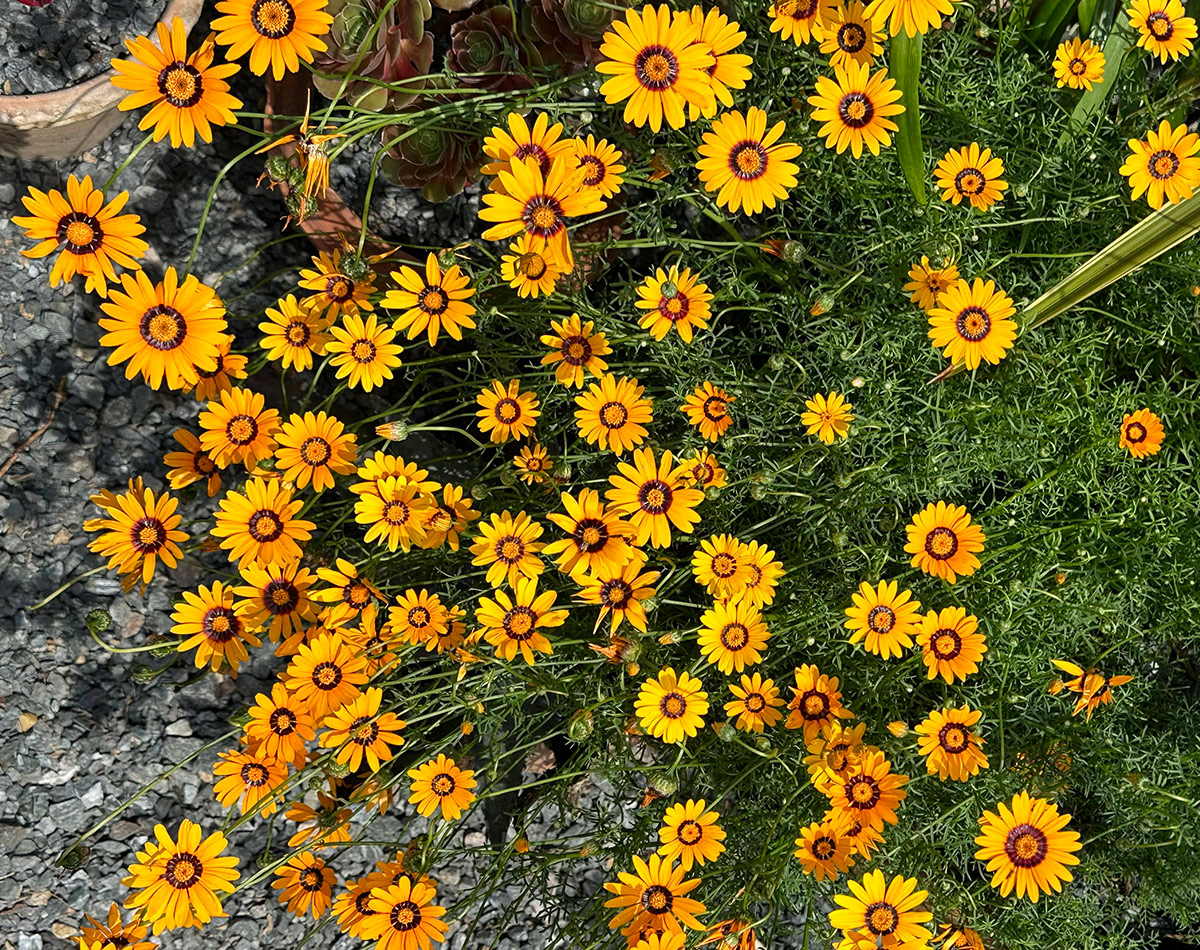
‘Solar Fire’ ursinia
Ursinia anthemoides ‘Solar Fire’, annual
How this plant ever escaped my radar still confounds me, but I believe it is a winner. Ursinia is a rarely grown annual native to South Africa, which gives us a hint about what conditions it loves—heat, well-drained soil, and full sun. I first ordered one of these plants via mail from a West Coast nursery to see if it might do well in an alpine trough that I had. Not only did it bloom like crazy, but it also grew much larger than I had expected, overtaking all of the alpine plants in just a single season.
It did so well that I decided to search for some seeds online, as I knew that it was a plant I was unlikely to find at any garden center in the Northeast. While this is one of those annuals that you will need to sow yourself (indoors, under lights, about 6 weeks before planting out), it’s easy enough to attempt and worth the extra effort.
Ursinia seedlings transplant easily; put them into 2-inch pots first, and after frost threats have passed, into containers or a prepared bed. I set about 6 to 8 plants into 11-inch pots, spacing them about 4 to 5 inches apart for a denser look, and the results were spectacular. Not only did they bloom prolifically (with flowers nearly covering the plant), but I gave some to a friend who lives on a rooftop in the city where the conditions are as harsh as any mountaintop, with blaring sun and relentless wind, and the plants did just as well.
On the downside, ‘Solar Fire’ ursinia has a shorter season than most annuals. My plants bloomed from early June until late July when they were done for the season, but the clouds of tangerine, daisylike blooms with burgundy eye marks above dark stems and ferny foliage made growing them worth the effort.
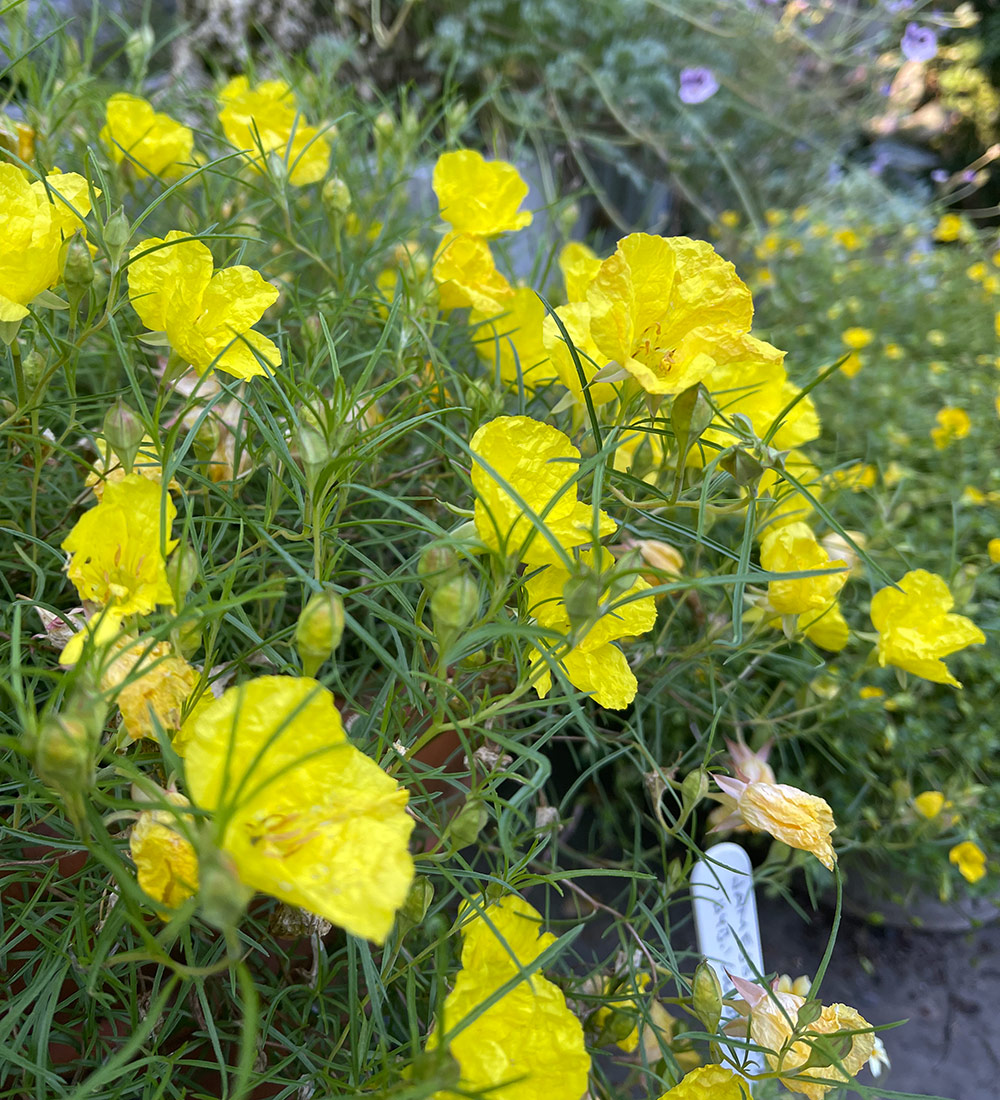
Texas primrose: Ladybird® series
Calylophus cvs., Zones 8–10
When I came across a pot of Texas primroses at the garden center a couple of summers ago, I bought it. I felt it was my duty to trial this plant in my garden to encourage more unusual plants to be sold at our garden centers, and boy was I satisfied. The Ladybird® series of Texas primroses are hybrids that come with features that make them worth the extra cost per plant, including sterility (so that they keep on blooming and never form seed) and a remarkable tolerance for hot and humid weather like we get in the Northeast in summer—which is something that the straight species can’t deal with. Just one of these plants will spread to 20 inches wide, covering the ground or a single container with beautiful foliage and large flowers, blooming until frost. These are short-lived perennials in the Southwest; for us in the North, they are best treated as annuals. Cut them back a bit in late summer for extra vigor if the plants start to bloom less.
You’ll have to look for these plants at garden centers, as the two cultivars—Ladybird® Lemonade Texas primrose (Calyophus ‘WNCYLALEM’, Zones 8–10), which has light yellow flowers, and Ladybird® Sunglow Texas primrose (Calyophus ‘WNCYLASUN’, Zones 8–10), which has darker yellow flowers—are both propagated vegetatively (clonally, from cuttings) and are not available from seed. These plants are drought tolerant; I’d say that hellstrips or large containers are the best places for them.

Sticky monkeyflower: Jelly Bean® series
Mimulus cvs.; syn. Diplacus cvs., Zones 9–10
Sticky monkeyflower might not be the most attractive name ever, but once you’ve grown this sensational series of plants you’ll agree that the name is something to overlook. Derived from the native Californian species (Mimulus aurantiacus syn. Diplacus aurantiacus, Zones 7–11), the Jelly Bean® series of hybrids is an exceptionally high-performing group.
Some of the great cultivars in this series include:
- ‘Jelly Bean Lemon’ (yellow flowers)
- ‘Jelly Bean Cinnamon’ (dark orange-red flowers)
- ‘Jelly Bean White’ (white flowers)
- ‘Jelly Bean Terracotta’ (orange flowers)
- ‘Jelly Bean Betabel’ (fuchsia-colored flowers)
- ‘Jelly Bean Fiesta Marigold’ (multicolored dark orange and yellow flowers)
All of these perennials are worth the search. I’ve grown two of them, and both have been extraordinary, each covered with flowers from early spring through midsummer. The dark mauve flowers of ‘Jelly Bean Betabel’ have golden-orange colored throats and are a favorite of hummingbirds. ‘Jelly Bean Fiesta Marigold’ appealed to me with its unusual French marigold-colored flowers. I’m a sucker for strangely colored flowers.
Since the Jelly Bean® series doesn’t come true from seed, all plant material must be clonally propagated. While you are not likely to find these at your local garden center in the Northeast, there are several online sources.
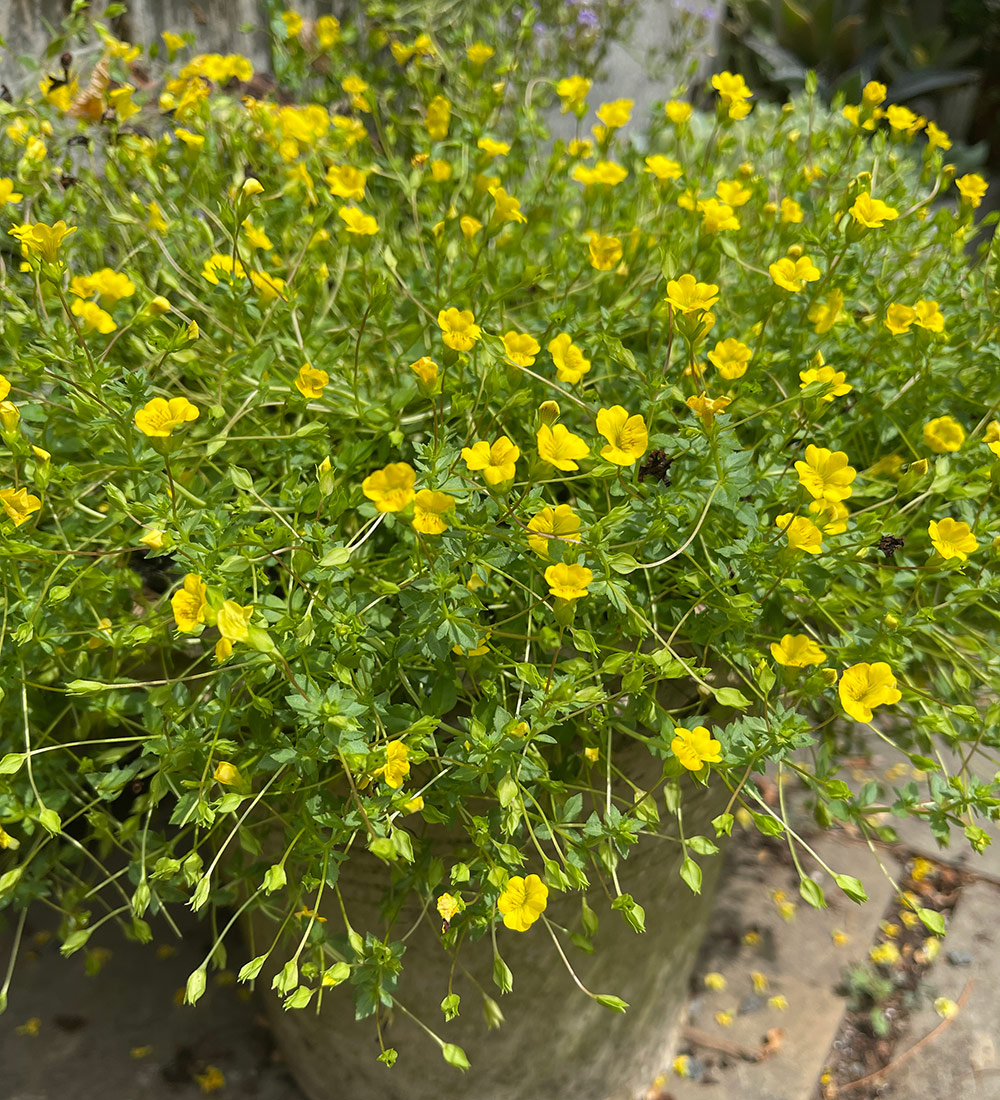
GoldDust® axilflower
Mecardonia ‘USMECA8205’, Zones 9–11
Mecardonia sounds more like a vacation resort island than an annual flower, but this plant pays off in dividends. The small, yellow flowers of GoldDust® axilflower are super cute and produce in such volume that they nearly cover the plant, continuing to bloom until frost. An annual blooming until frost is something that you often read about in seed catalogs, but it is not commonly experienced. GoldDust® axilflower started filling out my containers so well that by July I had rushed back to the garden center to see if maybe they had more. Sadly, they didn’t.
Native to the Americas, Mecardonia is a genus not often grown as ornamental, but this new hybrid is quite exceptional, and I hope that we see more introductions in the future. If you’re looking for a plant with a dense, mounding habit and one that truly blooms all season long, this is the one to seek out.
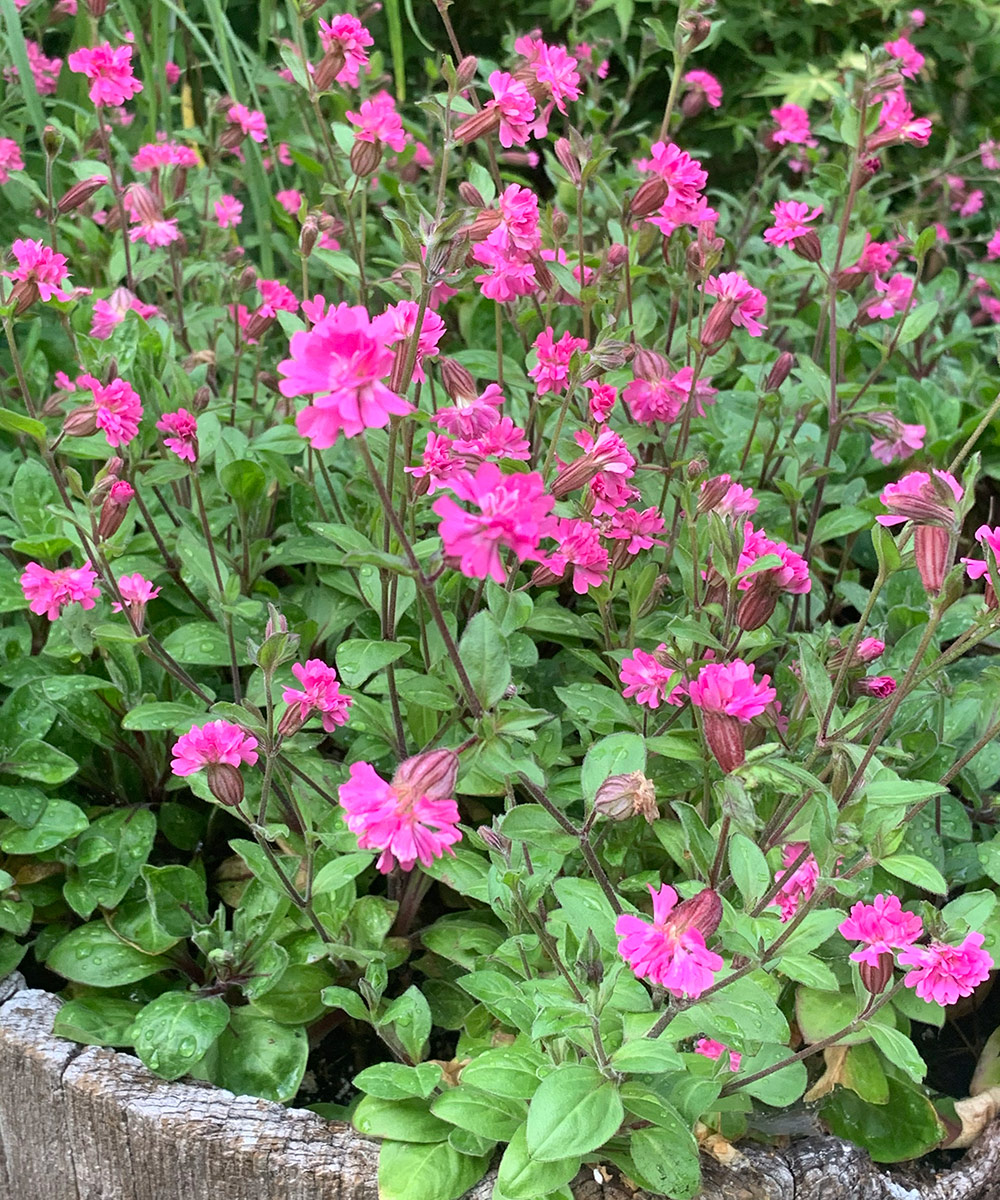
‘Sibella Carmine’ nodding catchfly
Silene pendula ‘Sibella Carmine’, annual
A few years ago I ordered ‘Sibella Carmine’ nodding catchfly seeds on a whim. I didn’t pay much attention when I sowed them, but most came up (under lights). After a few weeks I started to pay attention to some stocky, very healthy-looking seedlings that had lush, bushy growth, making me look like a seed-starting genius.
I repotted the seedlings, planting individual plants into 3-inch pots, which promptly filled with roots. I kept them growing under warm LED lights, and once the threat of frost had passed, I planted all of them together in an old whisky barrel where I sometimes planted herbs or a tomato. This is a plant that looks best planted en masse, with plants placed relatively close together (6 inches apart). The closer planting ensures a better show. Within a month, my plants had filled in and begun to bloom, extending until early August.
As Barbie-pink flowers began to pop open over the short 11-inch-long stems, the show was taking over the garden. This annual performs so well that it looks exactly like its picture in seed catalogs, almost as if you asked an AI art generator to create a “pretty pink flower in a container.” When I reread the description in the catalog, I discovered that ‘Sibella Carmine’ had won a coveted Fleuroselect Gold Medal for its great performance, which is totally deserved. You will have to order seeds of this plant and start them yourself, as few, if any, garden centers carry this selection.
Sometimes being uncommon in the trade increases the appeal of a plant, especially when it’s such a spectacular garden specimen. I don’t know about you, but if my neighbors and friends have never heard of something, it makes it all the more desirable to me. Any one of these selections will make a stunning centerpiece to your containers and borders this summer, adding something new that will push your designs to the next level.
For more exciting annuals, check out All About Growing Annual Plants. And for more Northeast regional reports, click here.
Matt Mattus is the author of two books: Mastering the Art of Flower Gardening and Mastering the Art of Vegetable Gardening. He gardens in Worcester, Massachusetts.
More summer blooms for Northeast gardens:



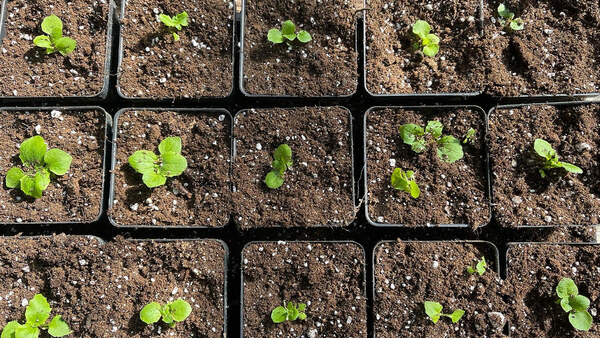
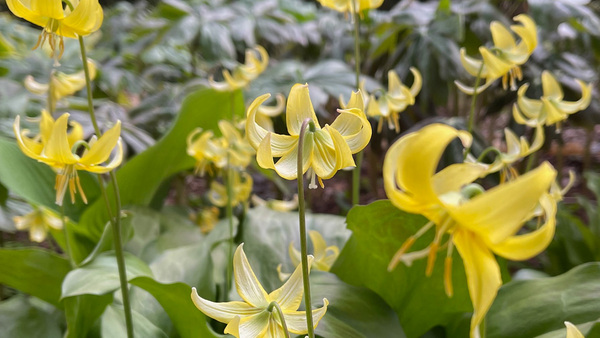
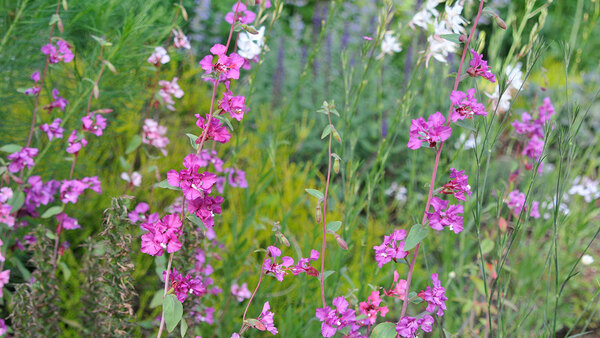












Comments
Log in or create an account to post a comment.
Sign up Log in